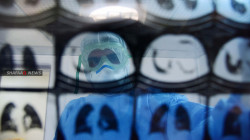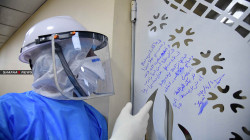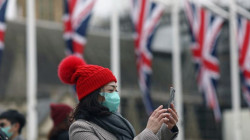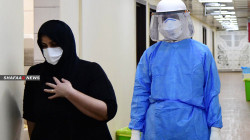COVID-19. Natural Immunity, the flu virus, Winter Season and the Vaccines
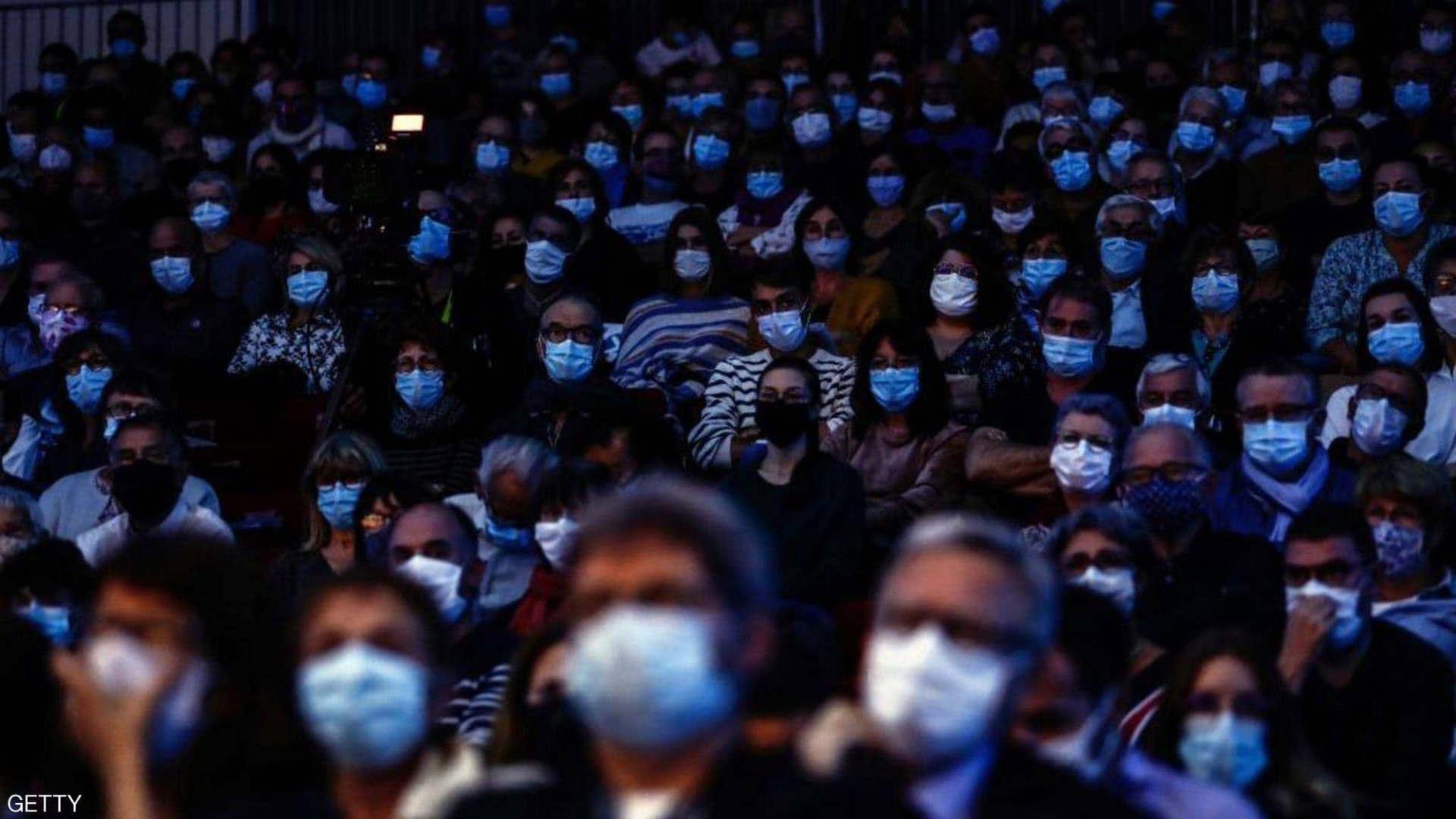
Coronaviruses are the large family of viruses that belong to Coronaviridae family. On the basis of genomic structures and phylogenetic relationship, the subfamily Coronavirinae comprises of four genera Alphacoronavirus, Betacoronavirus, Gammacoronavirus and Deltacoronavirus. The transmission of alphacoronaviruses and betacoronaviruses are limited to mammals and causes respiratory illness in humans such as Severe acute respiratory syndrome (SARS) coronavirus (SARS-CoV) and Middle East respiratory syndrome coronavirus (MERS-CoV), whereas the gammacoronaviruses and deltacoronaviruses infect birds as well as infecting mammals. Coronaviruses contain single stranded (positive-sense) largest RNA genome of 26,000 to 32,000 genetic bases. Coronaviruses have the largest genomes of all RNA viruses. Their genomes are more than three times as big as those of HIV and hepatitis C, and more than twice that of influenza.
SARS-CoV-2 (COVID-19) is the seventh coronavirus known to infect humans; SARS-CoV, MERSCoV and SARS-CoV-2 can cause severe disease, whereas HKU1, NL63, OC43 and 229E are associated with mild symptoms”. As of 2020, 45 species are officially recognised.
The name "coronavirus" means "crown" or "wreath". The spikes are the most distinguishing feature of coronaviruses, and are responsible for the corona- or halo-like surface. The S protein mediates the receptor binding and membrane fusion between the virus and host cell and activates the receptor (ACE2 enzyme) -attached spike protein. The cleavage and activation allows the virus to enter the host cell membrane. Human coronaviruses infect the epithelial cells of the respiratory tract, while animal coronaviruses generally infect the epithelial cells of the digestive tract. SARS coronavirus, for example, infects via an aerosol route, the human epithelial cells of the lungs. The earliest reports of a coronavirus infection in animals occurred in the late 1920s, when an acute respiratory infection of domesticated chickens emerged in North America. In the late 1940s, two more animal coronaviruses, JHM that causes brain disease (murine encephalitis) and mouse hepatitis virus (MHV) that causes hepatitis in mice were discovered. Human coronaviruses were discovered in the 1960s. The structures of IBV, B814 and 229E were identified in 1967 by using electron microscopy. The three viruses were shown to be morphologically related by their general shape and distinctive club-like spikes. Other human coronaviruses have since been identified, including SARS-CoV in 2003, HCoV NL63 in 2003,
HCoV HKU1 in 2004, MERS-CoV in 2012, and SARS-CoV-2 (COVID-19) in 2020. There have also been a large number of animal coronaviruses identified since the 1960s.
To date, a study on localization of amino acids involved in conformational changes of the SARS-CoV-2 spike surface glycoprotein structure is not available.
Since COVID-19 was identified, many scientific research has taken place which shows that this new virus nucleotide genome has only 78 t0 80% similarity with SARS and MERS and 97 to 98% similarity (but not identical) with the viruses isolated from bats and pangolins and other animals. The source of humans infected with SARS virus was first discovered in civet cats. The MERS virus was discovered first in Camel milk then in other animals. The isolated SARS virus in human was identical to the one isolated from civet cats and the MERS virus was identical to the isolated from camel and other animals. Therefore, the COVID-19 cannot be coming from infections of bats or pangolins or other mammals.
There are as yet no vaccines or antiviral drugs to prevent or treat human coronavirus infections. Since the discovery of HIV in 1984 (AIDS virus, is not from the Corona family viruses) and the SARS in 2003 and MERS in 2012, scientists from all over the world have been researching and trying to find a vaccine or a cure and they have not been successful. Therefore, how can they find a vaccine for the new, COVID-19 within 6 -10 months? The scientific research to find a vaccine, usually takes at least 3 to 10 years or longer. Especially COVID-19 which has stronger binding and penetrates into human cells rather than animal cells and faster infection rates than SARS and MERS. COVID-19 readily attacking human cells at multiple points, with the lungs and the throat being the main targets. Once inside the body, the virus makes use of a diverse arsenal of dangerous molecules and attacks other organs. This makes it much more lethal than the other coronaviruses humanity has met so far. In spite of COVID-19 virus mutation, its pathogenicity shows no change and it does not mutate quickly. This is because of its genome being very stable. Researchers have not yet found any sign of the COVID-19 virus weakening; this is probably because of the virus’s efficient genetic repair mechanism.
The source of this novel and unusual COVID-19 virus could most probably evolve during the research trials and the genetic manipulations (by nucleotides substitution or addition) to find the vaccines for SARS and MERS viruses and also probably combined for HIV virus. It may be discovered well before November 2019 with its high pathogenicity and the speed of spreading and infection rate. The scientists could then already have made trials for a possible vaccine.
The healthy human body’s natural immunity system could as be known through history is the best robust and adaptable mechanism to fight and neutralise various infection diseases. In some types of viral infections, antibiotics are administered to prevent secondary infections. Also the administration of antiviral drugs is to hamper the growth and spread of the virus but they cannot kill the viruses. These medications will give time for the body’s natural immune system to make and produce the required antibodies. The antibodies will then neutralise and destroy these viruses and creates natural body immunity to that specific virus.
The influenza flu virus which causes pneumonia has several similarities to COVID-19 virus in their infection symptoms. It is from a different family of viruses with different rates of infection and incubation period. They both infect the throat and the respiratory tract system, but COVID-19 when it enters the lungs could spread fast to infect and damage other body organs. Now winter is approaching and the change of the season in which many people will be infected with the common cold, flu with pneumonia infections. If these patients also become infected with COVID-19 then they will face a challenging serious health situation and their lungs will not be able to withstand such double infections.
From the current accumulated data and statistics, it shows that the majority (about 98 to 97 %) of COVID-19 infected people have recovered worldwide and mainly through their healthy body natural immune system and the help of some medications and health care in some cases. The preliminary results of the current data claim the newly appeared vaccines to be about 90% effective to prevent this virus. These new vaccines have serious side effects and the period of immunity are still not known. The vaccines would not be required when the large majority of people who are infected and recovered through their natural immunity and retained robust protection. This is even if they get re-infected that they will still develop minor symptoms, the way they do with the common cold and the flu virus. The COVID-19 like the other mentioned coronaviruses will continue to spread in the human population and circulate constantly and the created natural immunity will give the protection.
The control of the spread of this virus and the lookdown of the communities worldwide and the testing and isolation of the infected people should have started in December 2019. But this was not done until 2 to 4 months from the start of this pandemic and the virus had already travelled around the globe and out of control. Then the testing and isolation would not be effective and the virus spreads in vicious circle. This is because the incubation period of COVID-19 is usually from 10 to 14 days during this period, it does not show in the tests and even a few days after the infection symptoms appears, still the virus concentration in the body is low and most of the tests will be negative. This means much people could be carrying it without symptoms and they infect others. During the lockdown people lose their social interaction and livelihood and they could be effected psychologically with depression, worries, anxiety and stress. These effects could be a bigger killer than this virus in that the body immunity will be reduced and it will lead it to become more venerable to infections, strokes and heart attacks. This shows that there will be no meaning for all these lockdowns. Rather than waiting for all these untested vaccines and unproven by WHO health protection standards, people should be let free to go back to their normal lives. This is provided accompanied with some common sense health precautions and isolation with treatment if any symptoms appear and get natural immunity in the process.
Kamal Aziz Ketuly,
Professor of Medical Chemistry.
